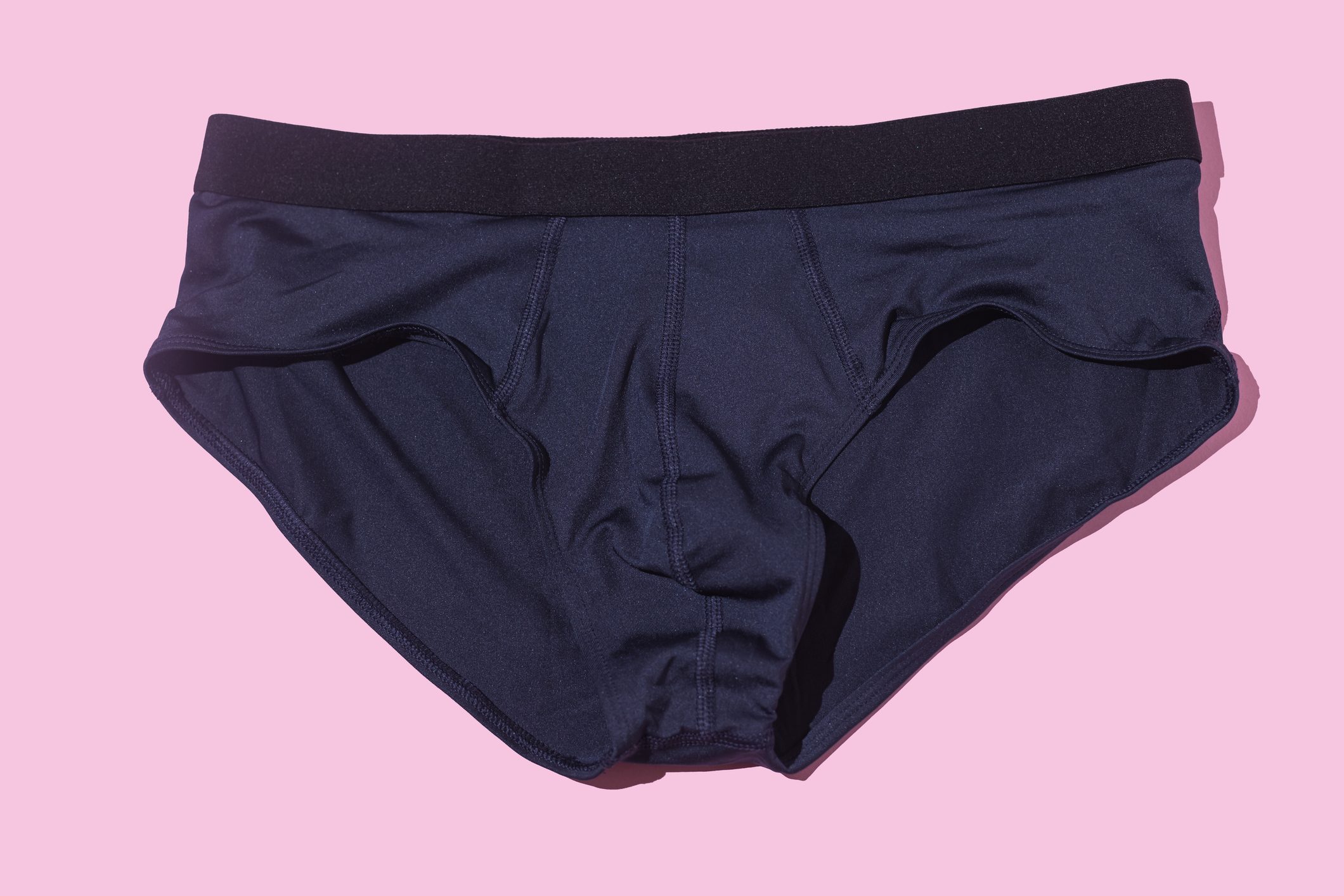Experts say your choice in fabric can impact comfort, odor, and even infection risk. Here's the clear winner between nylon vs. cotton.

Nylon vs. Cotton Underwear: Which Is Healthier? Doctors Reveal the Answer

Highlights
|
Choosing between nylon underwear vs. cotton may seem like a matter of personal preference, but medical experts say it can have real implications for your health. The fabric you wear closest to your skin, especially in sensitive areas, can affect everything from comfort and odor to your risk of irritation and infection.
Ahead, we break down the key differences between nylon underwear vs. cotton, what the experts recommend, and simple tips to keep your underwear routine as healthy as it is comfortable.
Why your underwear material matters
Underwear comes into direct contact with one of the most delicate and sensitive areas of the body, and for women, that area is known as the vulva. “The vulva is a very sensitive and delicate area, similar to the lips on your face. You want to treat [it] gently,” explains Alyse Kelly-Jones, MD, a board-certified OB-GYN, in an interview with Healthline. That includes choosing fabrics that are gentle, breathable, and non-irritating.
Because this area is naturally warm and moist, wearing the wrong material can trap heat, sweat, and bacteria—raising the risk of discomfort, odor, and infections such as yeast infections, bacterial vaginosis (BV), and urinary tract infections (UTIs). “Since it is healthy to have a vaginal discharge, similar to the moisture you always have in your mouth, you want your underwear to gently absorb any extra moisture,” she adds.
Nylon underwear vs. cotton underwear
The key difference between nylon underwear vs. cotton lies in what they’re made from. Nylon is a synthetic fiber made from plastic polymers, often blended with spandex or elastane to give underwear a smooth, stretchy, form-fitting feel. Cotton, on the other hand, is a natural fiber that’s soft, breathable, and gentle on the skin.
It’s worth noting that many underwear styles, even those marketed as “cotton,” only use cotton in the crotch lining, while the rest of the garment is made from synthetic materials like nylon or polyester. When doctors recommend cotton underwear, they mean underwear made entirely from cotton.
Key factors to consider
1. Breathability
Cotton: Naturally breathable, cotton allows air to circulate, helping reduce heat and moisture buildup. This is especially important in the genital area, where excess warmth and dampness can lead to bacterial and fungal growth.
Nylon: Traditional nylon is far less breathable. Unless designed with mesh panels or specialized ventilation, nylon tends to trap heat and moisture against the skin, which can increase the risk of irritation, chafing, and infection over time.
2. Moisture control
Cotton: Known for its absorbency, cotton can soak up excess moisture, helping reduce irritation. However, it also tends to stay damp longer, which may be uncomfortable if you’re sweating heavily.
Nylon: Many nylon blends are designed to wick moisture away from the skin, making them a good option during workouts or high-sweat activities. But since they don’t absorb moisture as well as cotton, sweat can still linger on the skin if the fabric doesn’t dry quickly.
3. Skin sensitivity
Cotton: Soft, hypoallergenic, and non-irritating, cotton is a reliable choice for people with sensitive skin, allergies, or conditions like eczema.
Nylon: Synthetic fabrics can cause discomfort for some people, especially when tight-fitting. They may also contain dyes or chemical finishes that can trigger irritation or allergic reactions in sensitive individuals.
4. Hygiene and bacterial growth
Cotton: Cotton’s breathability and absorbency help keep the vaginal area dry, which can reduce the risk of bacterial or yeast infections.
Nylon: Because it tends to trap heat and moisture, nylon can create an ideal environment for bacteria and yeast to thrive, particularly if worn for extended periods without changing.
5. Durability and maintenance
Cotton: While comfortable, cotton can wear out more quickly with repeated washing. It may shrink, fade, or lose its shape over time, especially if not cared for properly.
Nylon: More durable than cotton, nylon holds its shape well and dries quickly. However, it’s best washed in mild detergent and cool water to avoid irritating the skin or degrading the fabric over time.
Nylon vs. cotton: Which is the better underwear fabric?
Doctors overwhelmingly recommend cotton underwear for daily wear. The Cleveland Clinic advises, “Wear cotton underwear instead of nylon, which can trap heat and moisture, providing an ideal environment for organisms that can cause infection.” Similarly, the Mayo Clinic recommends cotton underwear to help maintain a healthy vaginal environment and reduce the risk of irritation and infection.
However, nylon underwear can be useful in specific situations, such as workouts, due to its moisture-wicking properties. If you wear synthetic underwear, medical experts suggest choosing styles with a cotton crotch lining for added protection. “The most important thing is to make sure it fits well and doesn’t cause chafing,” notes Dr. Kelly-Jones.
Once your workout is over, it’s important to change into clean, dry underwear to avoid irritation. The same advice applies to swimwear: Since most suits are made of nylon or Lycra, changing into dry clothes after swimming helps protect against infection from damp fabric.
Other underwear health tips
- Change your underwear daily, or more often if you’re sweating or exercising.
- Always change out of damp underwear, swimsuits, or workout clothes as soon as possible.
- Wash underwear in hot water that’s at least 140°F (60°C) when possible or use a sanitizing cycle to help kill bacteria.
- Choose fragrance-free, hypoallergenic detergents to avoid irritation.
- Skip fabric softeners, which can leave behind residues that irritate sensitive skin.
- Avoid wearing tight clothing for long periods to reduce friction and moisture buildup.
- Consider sleeping without underwear at night to allow the area to breathe.
For daily wellness updates, subscribe to The Healthy by Reader’s Digest newsletter and follow The Healthy on Facebook and Instagram. Keep reading:




















